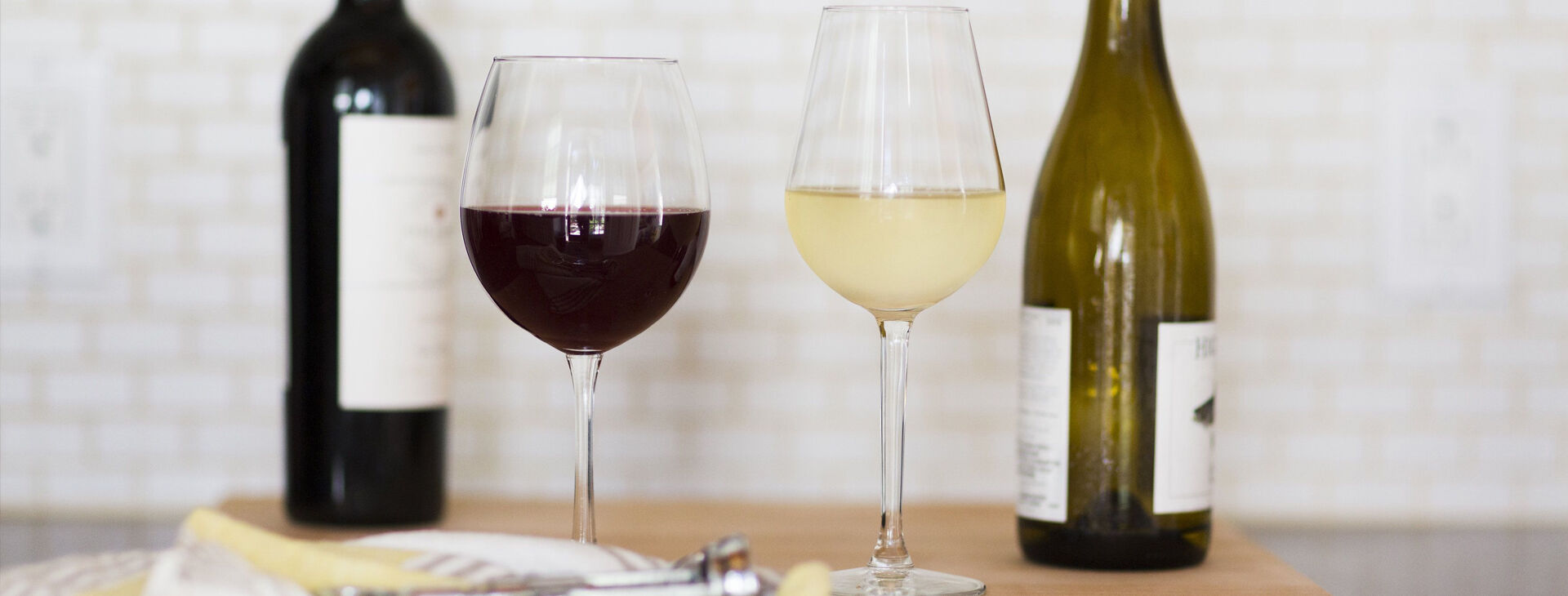- Global (English)
- Compare

Why Do We Store and Serve Red and White Wines at Different Temperatures?
The world of wines is a fascinating world, full of complexities and flavors waiting to be explored. It's not just about the type of grapes or the soil; even something as simple as the temperature at which you enjoy your wine can make a big difference. So, let's talk about why it's important to serve red and white wines at the right temperatures and how it can make your wine experience even better.
The Ideal Serving Temperature for White Wines
White wines, with their vibrant acidity and fruit-forward flavors, are best enjoyed when served at cooler temperatures than red wines. The ideal serving temperature depends on its body, acidity, and sweetness.
Light-Bodied White Wines (e.g., Pinot Grigio, Sauvignon Blanc, Riesling): These delicate offerings thrive at temperatures between 3-7°C, (38-45°F). The cool environment preserves their freshness, allowing the vibrant flavors to shine.
Medium-Bodied White Wines (e.g., Chardonnay, Rosé): For these middle-of-the-road whites, a slightly warmer range of 7-12°C, (44-55°F) is ideal. This range helps maintain the wine's balance, highlighting its fruit and acidity.
Full-Bodied White Wines (e.g., oak-aged Chardonnay, white Burgundy): The heftier white wines, celebrated for their complexity, benefit from a touch of warmth, between 10-13°C, (50-55°F). This temperature enhances their aromatic profiles and ensures a harmonious taste.
Why are these nuances important? Maintaining these temperatures ensures that the white wine remains fresh, and its characteristics shine. An incorrect serving temperature can lead to a flabby or overly alcoholic taste when too warm or muted flavors and aromas when served too cold.
The Ideal Serving Temperature for Red Wines
Red wines, known for their depth and complexity, are typically served at room temperature, but this can vary depending on the type of red wine.
Lighter Red Wines (e.g., Pinot Noir): These wines benefit from a slightly cooler temperature, typically between 12-15°C, (55-60°F). Cooling highlights their nuanced aromas and flavors.
Bolder Red Wines (e.g., Cabernet Sauvignon): On the other hand, bolder reds flourish at a slightly warmer range of 15-20°C, (60-68°F). This temperature enhances the balance between the wine's components, such as tannins, acidity, and fruit, creating a harmonious tasting experience.
Why does serving temperature matter for red wines? A cooler temperature can mask a red wine's nuances and lead to an astringent taste, while serving it too warm may emphasize the alcohol and compromise its overall balance and character.
Discover the Dunavox Double-Zone Wine Coolers - Store and Serve Your White and Red Wines at Their Ideal Temperatures
For those seeking a solution that guarantees precise temperature control for both red and white wines, Dunavox offers a range of Double-Zone Wine Coolers. These elegant coolers feature separate temperature zones for red and white wines, allowing you to customize the conditions for each type, ensuring an amazing wine experience.
To explore our collection of premium wine coolers, visit our product catalog: Dunavox Wine Coolers
In conclusion, the temperature at which wine is stored and served is a critical component of the wine-tasting experience. By adhering to the recommended serving temperatures for red and white wines, you can unlock the full potential of each bottle, ensuring that every glass is a delightful journey through the complexities of flavor and aroma.